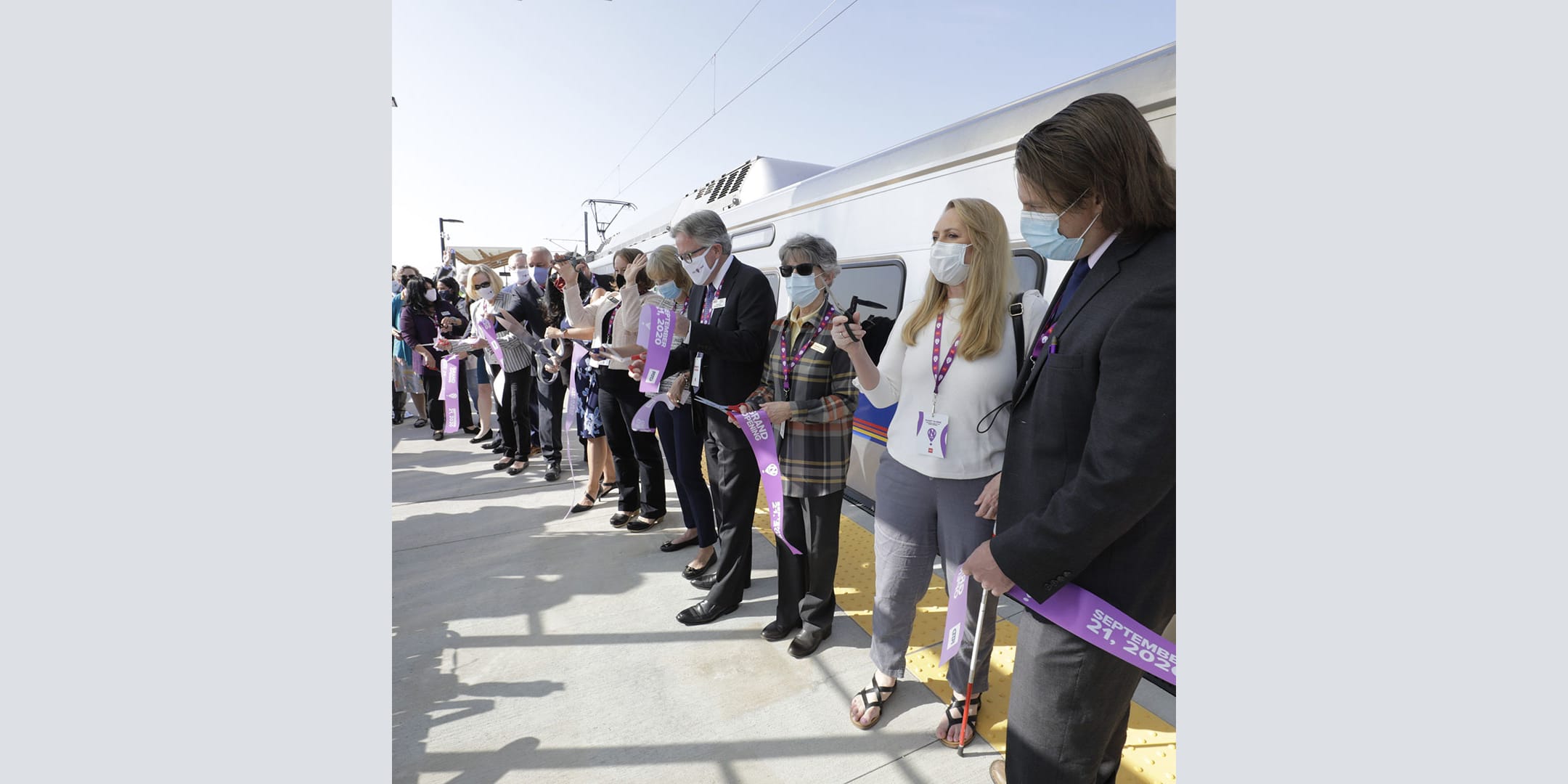
Why does RTD have an elected Board? Let’s look back
This momentous and sometimes chaotic election week seems like a good time to remind the RTD community that the way this transit agency is governed – by a 15-member elected Board divided into regions – is a 40-year-old fact, but not ancient history.
The current Board construction was launched by a mad-scramble petition drive, sending the concept to Colorado voters for approval in 1980. It has been periodically challenged – or threatened – ever since. Even this year, the Legislature briefly considered adding appointed members to the elected body. Transit experts, meanwhile, have opined about even more radical changes to a fully appointed board.
Throughout it all, periodic elections have made over the Board at levels ranging from a refresh to an overhaul. This fall was no different. Incumbents have occasionally lost their argument to stay on with their experience as an advantage, while challengers and newcomers have frequently filled contested or open seats, bringing ideas for change.
Let’s look back at how the current RTD Board era started in 1980. Denver-based members of the Legislature wanted to switch the Board makeup to elected officials representing sub-districts, to give each part of the metro area a strong voice in local transit needs. Legislative committee leaders sat on the bills, so the motivated legislators launched a public petition drive to get it on the ballot.
Jerry Kopel, a former legislator, wrote a history describing how they gathered 62,000-plus signatures by a 12-week deadline, spending hot summer hours in front of the Denver Zoo to find their willing public. They saw their “Citizens for an Accountable RTD” campaign as a David versus Goliath effort, opposed by former governors and mayors and a lot of money organized as “Citizens for a Responsible RTD.”
Metro-area votes propelled the elected-Board measure to a victory by more than 100,000 votes. After passage in 1980, the first elections for members took place in the 1982 election cycle.
State and metro leaders have rarely stopped arguing about the ideal RTD makeup ever since. There has always been tension between proponents of 1) an elected board, giving local residents who pay sales taxes and fares a voice to get the services they want; and 2) an appointed board of transit and finance experts with political clout to make bigger moves, freed from parochial concerns.
New bills to end the elected board were offered in 1998, Kopel wrote, but failed. Another effort was revived during the Gov. Bill Owens administration, but also fell short.
The 2020 move to once again tackle the RTD Board makeup was cut short in part by the same pandemic that has caused so much service and finance chaos for the agency. As COVID-19 cases spread and the spring stay-at-home orders began, the Legislature set aside dozens of policy issues in favor of focusing on budget passage and a small cluster of topics.
Some of the issues that drove the 2020 effort, including service gaps caused by severe RTD operator shortages, are now moot. The agency in April cut service by 40% in response to a severe drop in ridership and a plummet in revenue, while the Board is considering proposed layoffs among operators and salaried staff to close budget gaps.
That was the latest attempt at change. It’s safe to say that when it comes to reconfiguring the RTD Board, it won’t be the last.
In January, five new and three reelected Board members will be sworn in to serve. They are Kate Williams (incumbent), District A; Bobby Dishell, District D; Paul Rosenthal, District E; Bob Broom (incumbent), District F; Julien Bouquet, District G; Doug Tisdale (incumbent), District H; Erik Davidson (appointed by Boulder County Commissioners), District I; and Marjorie Sloan, District M.